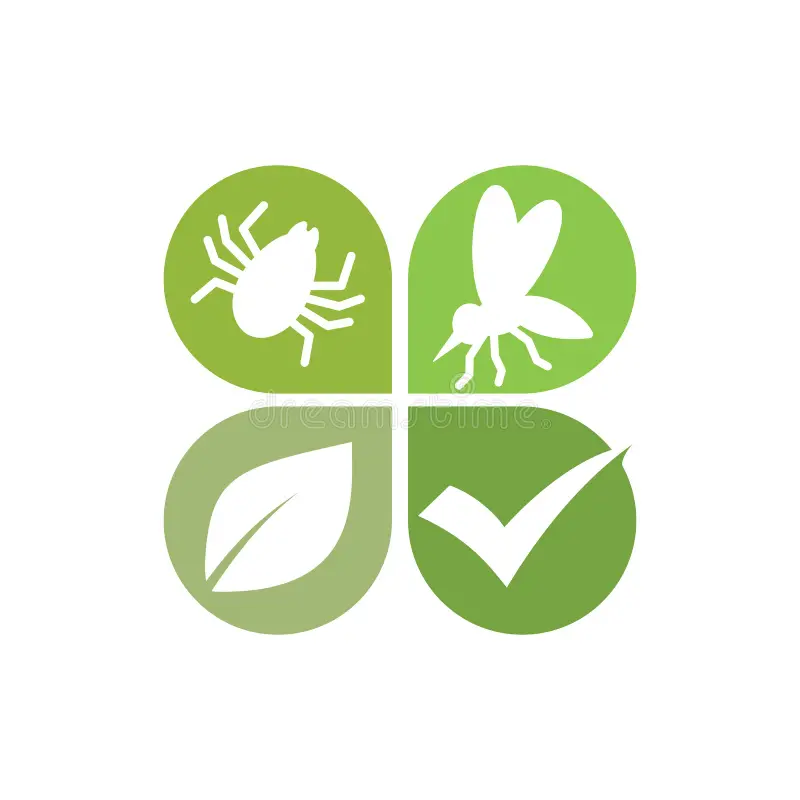
How to Cultivate Harmony Between Nature and Sustainability
Holistic pest management is like nature’s own balancing act, where the aim isn’t just to eliminate pests but to create harmony in ecosystems. This approach goes beyond just zapping insects; it brings everything in nature into balance, working with biological, cultural, mechanical, and just a smidgen of chemical methods to keep nature – and your crops – thriving.
Imagine this like a well-oiled machine. You’ve got the biological controls, such as beneficial insects, pitching in; think ladybugs munching on pesky aphids. Cultural practices like rotating your crops keep things fresh, while mechanical methods – maybe traps or barriers – act as your physical defenses. Chemicals? They’re the absolute last resort here, used sparingly and intelligently.
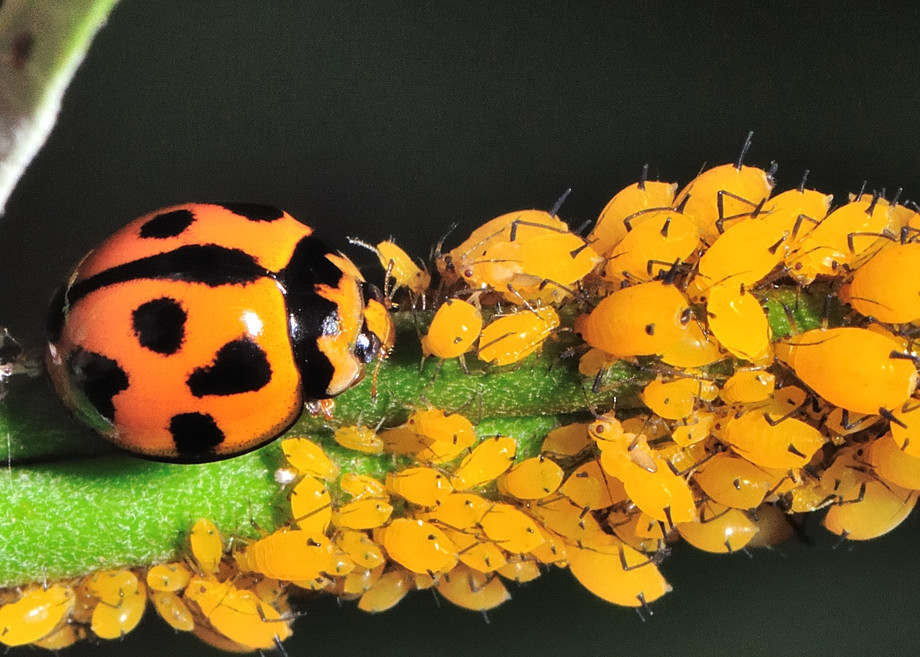
Holistic pest management isn’t a one-size-fits-all. It’s a philosophy that deeply respects and blends science and the natural world. Unlike traditional pest control, which often relies heavily on synthetic nasties, and organic methods, which might limit you to non-synthetic options only, holistic pest management integrates a suite of practices for a more comprehensive approach.
By focusing on maintaining and enhancing the natural relationships within the ecosystem, holistic pest management not only reduces pest populations but also promotes soil health, biodiversity, and sustainability. It’s about understanding that everything’s got its place and role, and your garden or farm becomes a living community where pest problems aren’t the enemy but indicators of a system slightly out of whack.
For those diving into this approach, get ready to be more than just a gardener or farmer – you’re becoming a steward of nature. This way, you’ll find yourself observing more, using prevention first, and engaging with the environment on its terms. That’s where the magic begins.
The Core Principles
In holistic pest management, it’s all about working smarter, not harder. Imagine your garden or fields like a lively neighbourhood where everyone plays a role, and every interaction is an opportunity for balance. Integrated strategies are your go-to tools for this vision, harmonizing different techniques to create a resilient ecosystem.
First off, consider biological controls. Think of them as your natural allies. Enlist the help of beneficial insects like ladybugs and parasitoid wasps, which naturally curb pest populations. These little heroes are nature’s way of keeping the pest party under control without uninvited chemical gatecrashers.
Crop rotation and companion planting are two more tricks up your sleeve. Crop rotation keeps pests guessing and prevents them from settling into a comfy routine. Companion plants work like good neighbours, helping deter pests while boosting growth and soil health. Think of this as hosting a diverse block party where everyone brings something to the table.
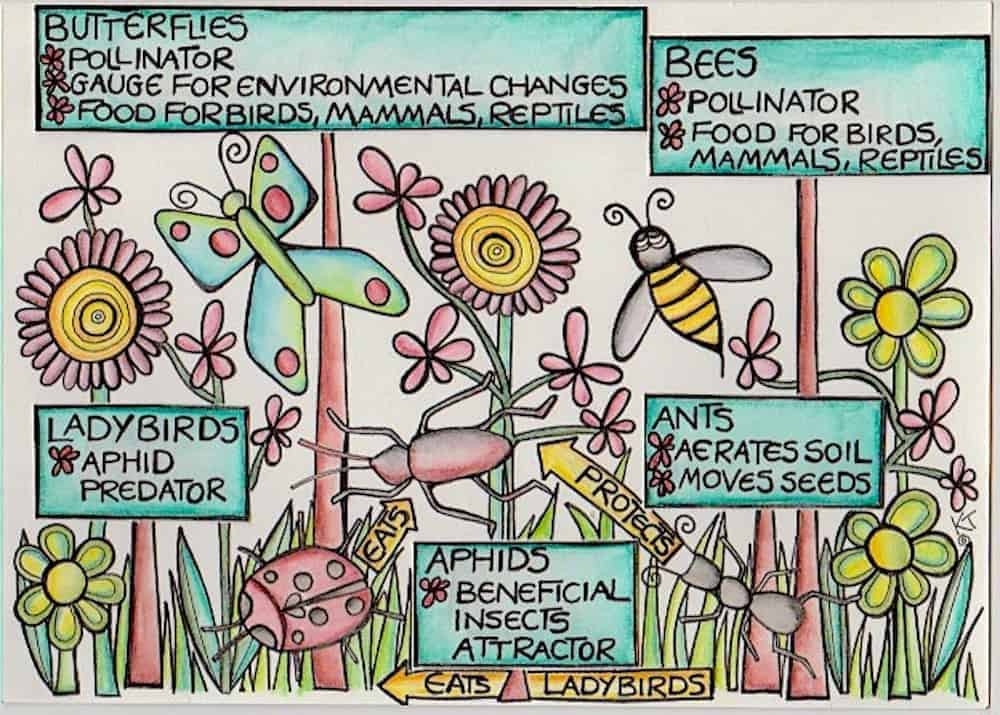
Habitat manipulation is another piece of the puzzle. By fostering biodiversity and encouraging healthy habitats, you create a welcoming space for those beneficial creatures and plants that can help fend off pest invasions naturally. More diversity means fewer chances for pests to feel at home.
What’s key here is observation and prevention. Spending a bit of time really understanding your soil, plants, and the critters they attract puts you ahead of potential issues. This proactive approach means you’re addressing issues before they blow up into full-blown problems. Embrace this as your eco-friendly playbook for managing pests, turning your environment into a scene of natural balance without unnecessary interventions.
The Benefits
Holistic pest management offers more than just a means to control pests – it opens the door to a healthier environment, a better economy, and a sound social conscience. Start with the environmental perks, which are huge. By fostering biodiversity, you’re looking at less chemical runoff into ecosystems and greater resilience against climate shifts, making your surroundings stronger and more vibrant.
On the economic front, there’s some serious cash-saving potential here. Let’s break it down: less reliance on pricey chemical pesticides means more money stays in your pocket. Plus, managing resistance becomes way less of a headache, saving you both time and money in the long haul. Holistic methods promise more long-term sustainability, which means you’re making an investment, not just covering up a problem.
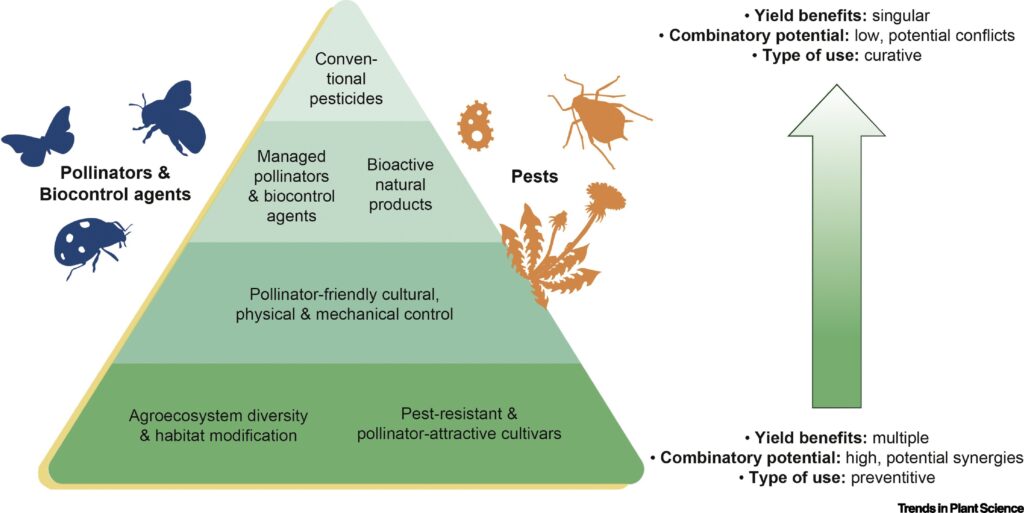
Then we have the social angle, which is pretty cool. Consumers are more eco-savvy than ever, looking for food products grown with care for the planet. Holistic pest management answers that call, helping you meet the growing demand for sustainable options in the marketplace. This isn’t just about keeping things running smoothly on your end but about fulfilling a broader responsibility to the planet and its people.
Think of adopting these practices as part of a ripple effect. What starts in your field or garden doesn’t just stop there – it impacts the broader community and environment. Those choices you make can inspire others and ultimately contribute to a healthier, more sustainable world. Talk about a win-win-win, right?
Scientific Evidence Supporting Holistic Approaches
When it comes to holistic pest management, the science is more than just solid – it’s transformative. Research shows that these practices don’t just promise positive outcomes; they deliver, and then some. Studies consistently report improved crop yields and a rewarding drop in pest-related problems, often outperforming traditional methods where synthetic chemicals rule the roost.
Delve into the data of increased crop resilience against pests, and you’ll find evidence of smarter resistance management. What’s happening here is simple: when ecosystems thrive, resistance doesn’t get a foothold. It’s like nature’s own version of a pest control squad, ensuring healthier plants that withstand attacks without heaps of chemical input.
Here we explore the basic principles and aspects of IPM as we examine the integration of biological, chemical, cultural, and mechanical applications. Key components include the movement of resistant species, cultural practices, and the integration of predators and pathogens. The economic benefits…”read more”
The environmental gains recorded are equally impressive. Take, for instance, a reduction in water pollution and safer soil conditions, achieving all this without sacrificing productivity. Researchers have spotlighted how a focus on ecosystem health can lead to a noticeable uptick in long-term agricultural health and stability.
Experts in the field are voicing strong support for these holistic strategies. It’s not just a trendy buzzword – holistic pest management reflects a necessary shift towards sustainability. Agricultural specialists and ecologists alike highlight this approach as a forward-thinking solution to the widespread challenges facing modern farming.
Ultimately, the scientific backing affirms what many practitioners have known for years: cultivating harmony with nature isn’t just beneficial – it’s essential. Holistic pest management bridges the gap between theoretical findings and on-the-ground realities, pointing toward a durable, sustainable agricultural future that’s ready to meet tomorrow’s challenges head-on.
Practical Strategies for Implementation
Embracing holistic pest management means gearing up with a practical toolkit and a nimble mindset. First things first: size up your space, whether it’s a cozy home garden or sprawling farm. This starting point shapes your game plan, from selecting the right strategies to measuring their impact.
Getting hands-on, consider tools like pheromone traps, which lure pests into traps without harming the beneficial guys. Biopesticides are another ace up your sleeve, offering eco-friendly pest control without the nasty chemical hangover. Partner these with beneficial insects – a kind of auxiliary army that naturally curbs pest populations and keeps ecosystems buzzing happily.
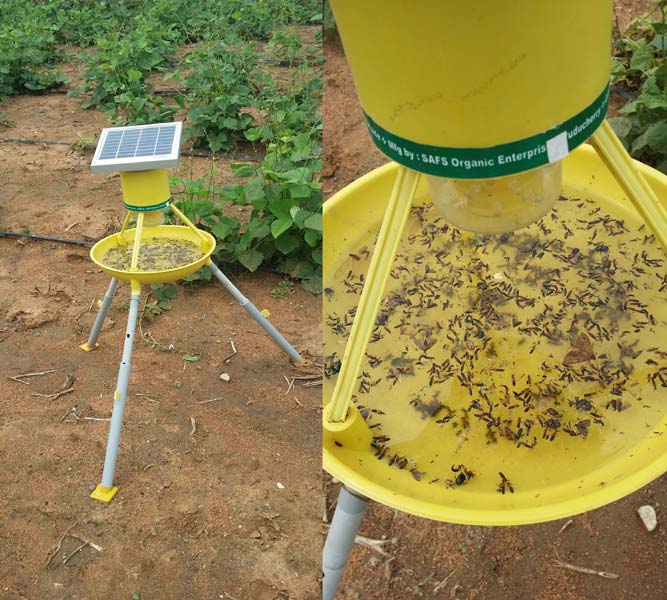
Don’t underestimate the power of smart techniques. Crop rotation, for one, throws pests off their game by regularly changing what’s grown in a particular spot. Intercropping pairs plants that work well together, acting as a dynamic duo that repels unwanted invaders and boosts overall plant health. Monitoring pest populations rounds out the toolkit, allowing for timely interventions based on real-time insights, not one-size-fits-all solutions.
The pathway to integrated, effective pest management isn’t paved with quick fixes. Instead, it’s a step-by-step journey where observation and adaptation are your best allies. With each tweak and improvement, you’re not just solving today’s pest problem; you’re investing in a more resilient, productive environment.
Real-Life Success Stories
Holistic pest management isn’t just theory – it’s happening right now, turning challenges into real stories of triumph. Think about a vineyard that chose to partner with nature by bringing in natural predators to take on pest problems. By simply introducing beneficial insects, they’ve cut down on chemical sprays while maintaining grape quality and yield. Sweet, right?
Another inspiring story comes from a soybean farm. Faced with persistent pest issues, they diversified habitats around their fields, planting cover crops and encouraging a more complex ecosystem. The result? Pest problems plummeted, and they enjoyed a boost in crop health and resilience to boot – no chemical-heavy interventions needed.
Closer to home, there’s the tale of a backyard gardener who embraced companion planting. By pairing plants that naturally fend off each other’s pests, they created a thriving, less-pest-prone mini-ecosystem. This hands-on, eco-friendly approach not only saved time and money but led to a bumper crop everyone wanted to emulate.
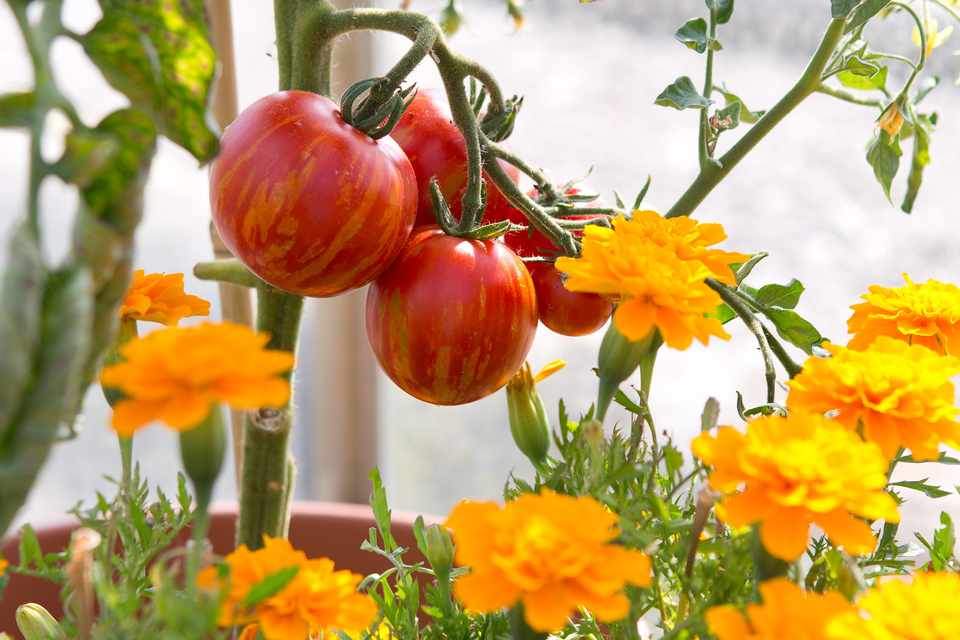
These stories shed light on practical lessons and offer a roadmap for your own journey into holistic methods. The key takeaway is straightforward: when we align with natural processes, we not only overcome pest challenges but also enhance the environment around us, taking small yet impactful steps toward sustainability.
FAQ’s
Navigating the realm of holistic pest management can seem daunting, especially when you’re transitioning from conventional methods. Let’s tackle some common questions that might pop up along the way.
One burning question is how holistic pest management differentiates from traditional techniques. While traditional methods often rely heavily on synthetic chemicals for quick fixes, holistic methods focus on long-term ecosystem harmony, favouring natural and preventive solutions.
Training and resources needed to get started might feel overwhelming initially, but there’s plenty out there. Online courses, workshops, and local gardening clubs are great starting points. The key is a willingness to learn and adapt, gathering knowledge on beneficial insects or eradication techniques as you go.
Facing challenges in transitioning? You’re not alone. Adjustments take time and patience, but the rewards are worth it. Starting with small changes, like a single companion planting experiment, can help scale your efforts gradually.
Lastly, navigating the regulations and certifications for holistic practices is crucial. For those looking to sell produce, understanding certifications not only boosts marketability but also assures consumers of your eco-friendly dedication. Don’t shy away from seeking guidance through agricultural extension services to keep everything above board.
Whether you’re still pondering your first step or are ready to dive in, recognizing these challenges and finding your way through them is all part of the journey. Armed with resources and support, anyone can transform pest management practices and contribute positively to their land and the planet.
Transforming Pest Management for a Sustainable Future
Holistic pest management isn’t just a method; it’s a mindset that aligns agriculture with natural rhythms. Embracing this approach means committing to practices that prioritize the health of ecosystems, economies, and communities. By focusing on biodiversity and sustainable processes, you’re not just preventing pests – you’re nurturing a thriving environment.
Now’s the time to really think about the impact your choices have not just on your immediate surroundings but on the broader world as well. Taking steps towards holistic practices involves shifting from quick fixes to long-term solutions. Every decision made towards reducing chemical reliance is a step towards a healthier future for our planet.

Inspire others around you to make thoughtful changes, advocating for sustainable pest control methods. Whether you’re a home gardener sharing tips with neighbours or a large-scale farmer influencing peers, your efforts matter. Encourage curiosity and learning, creating a ripple effect that benefits everyone.
With every holistic choice, we’re not just fighting pests; we’re building better, sustainable systems that can withstand the tests of time and benefit generations to come. So, roll up your sleeves, embrace the journey, and lead the charge towards a more sustainable future in pest management. Your role in this transformation is key – it’s about protecting what’s precious and paving the way for a greener tomorrow.
